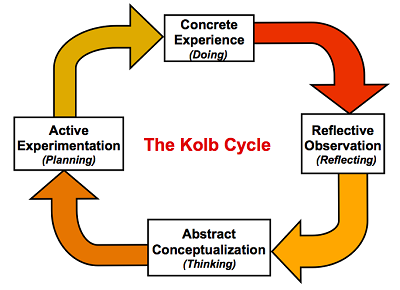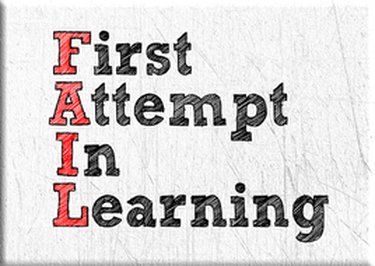What is your next project?
In his book ‘Drive’ Daniel Pink argues that we are motivated by “Autonomy, Mastery and Purpose”. One way to increase the level of self-direction (autonomy), skill development (mastery) and meaning (purpose) in your role is to seize control of how you spend your time through developing personal side projects aligned with your daily work.
Some of the benefits of developing successful side projects are:
- Being seen as a thought leader
- Taking ownership for your personal development
- Filling your work time with activities that excite you
- Improving the performance of yourself or team
Tip 1 - Be Open
Side projects should always be conducted openly. You can find out a lot from people’s reaction to your ideas as to whether they are valuable, and critically you can ensure that your stakeholders (boss, clients, partners) are clear on how you are spending your time.
Identifying something
During the course of a working day we come across processes and activities that are frustrating or inefficient. Furthermore due to the pace of change of new technologies there are always changes to our operating environment that require some learning. Identification of frustrations, inefficiencies and changes can become triggers that seed ideas to develop into projects.
Some triggers and examples for identifying projects to spend time on:
- Your organisation starts using a new tool or process
- Become an expert in the tool/process, create documentation and training
- A process you had to follow felt needlessly complex
- Find a way to improve it, develop a proposal, gather support
- You have seen a tool or process adopted elsewhere and think it could add value
- Pitch to adopt the tool within your context
- You have identified a gap in your skill set that you would like to address
- Set about learning: Touch-typing, productivity software, presentation skills, IT skills, …
- You have identified a gap in your network
- Organise ‘extra-curricular’ events to broaden your contact base
Tip 2 - Be Relevant
If you are working in an organisation, projects should have some relevance to your business context. Again to ensure that management are supportive, but also due to the fact that intrapreneurship within an organisation gives individuals the power to amplify their idea by harnessing resources available within the environment.
Going for it without fear
Most successful entrepreneurs have failed many times. For most of us the majority of the ideas that we have are unlikely to work first time or without considerable refinement. However many ideas don’t get off the ground due to fear of failure. Accepting failure as a reality helps to develop the resilience needed to keep trying new things. One approach to this type of resilient learning is to see each idea / project as an experiment:
Will this work in my work context?

Image Source: rachelmarsden.blog
Developing a personal project and sharing the idea with other people is a guaranteed way to get feedback about what is valuable in your context, whilst learning about the attitudes and interests of the people you work with. The Kolb Cycle illustrated above shows an iterative process of learning by doing. Planning a project and attempting to implement it can be mapped onto this cycle:
- Thinking: Have an idea for a project
- Planning: Plan a project
- Doing: Attempt to gather support
- Reflecting: Learning about what is valuable and people’s attitudes
Use of the cycle can help to reframe failed attempts to initiate side projects as new learning opportunities. This, in turn, can lead to the development of new or refined personal projects until eventually a project does gather support. So there really is nothing to fear!
Be prepared to fail, who knows where you could end up.
So, what is your next project?

Image Source: CreativeCopywritingsg




